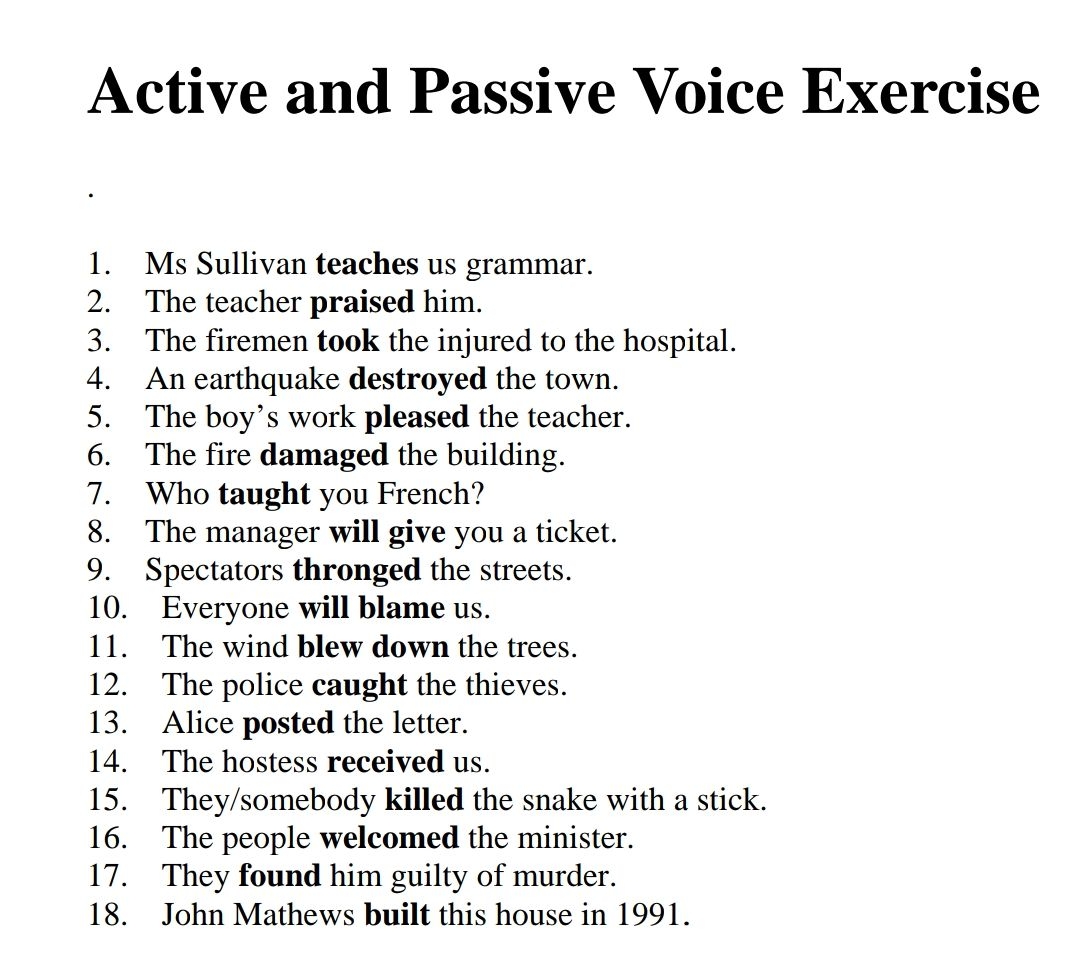When it comes to writing, understanding the difference between active voice and passive voice is essential for effective communication. Active voice adds clarity and directness to your writing, making it more engaging for the reader. On the other hand, passive voice can sometimes make your writing sound vague or impersonal. Knowing when and how to use each voice can greatly improve the quality of your writing.
Active Voice: In active voice, the subject of the sentence performs the action. For example, “The dog chased the cat.” The subject “dog” is performing the action of chasing the object “cat.” Active voice is typically more straightforward and concise, making it a preferred choice for most types of writing.
Passive Voice: In passive voice, the subject of the sentence receives the action. For example, “The cat was chased by the dog.” In this sentence, the subject “cat” is receiving the action of being chased by the object “dog.” Passive voice is often used when the focus is on the object rather than the subject or when the subject is unknown or less important.
While both active and passive voice have their place in writing, active voice is generally more effective in most cases. Active voice tends to be more engaging and direct, making it easier for the reader to understand the message you are trying to convey. Passive voice can sometimes come across as wordy or unclear, leading to confusion for the reader.
When deciding whether to use active or passive voice, consider the impact you want to make on your audience. Active voice is great for emphasizing the subject and action of the sentence, while passive voice can be useful for shifting the focus onto the object or when the subject is unknown. By being intentional with your choice of voice, you can improve the overall quality of your writing.
In conclusion, active voice and passive voice each have their own strengths and weaknesses. Understanding when to use each can help you communicate more effectively and engage your audience. By mastering both voices, you can become a more versatile and skilled writer, capable of adapting to different writing styles and purposes.
